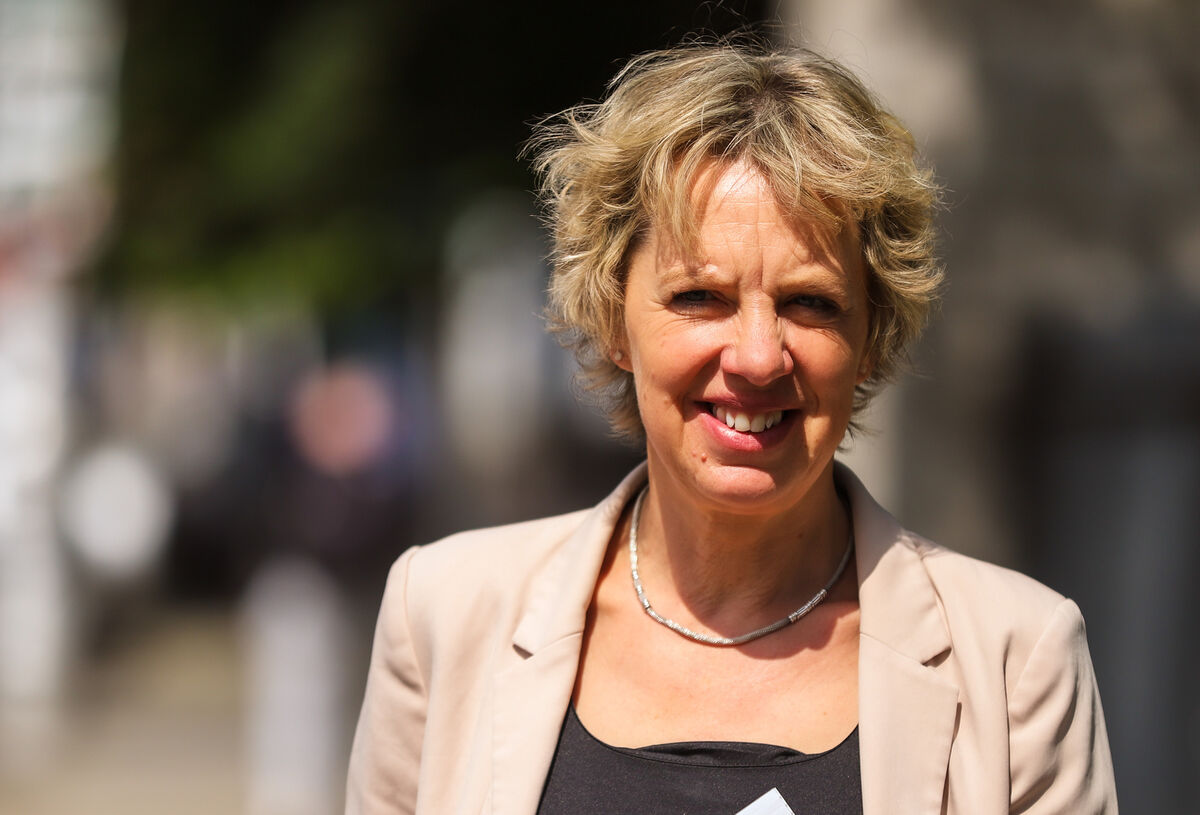Irish Examiner view: By-election will offer insight into the mood and ambitions of the country

US president Joe Biden speaks with attendees during an Independence Day celebration on the South Lawn of the White House on Sunday in Washington. Picture: Patrick SemanskyAP
This weekend, America marked its Independence Day in ways that confirmed the ever-changing nature of politics — or at least the ever-changing nature of political presentation.
Whether these changes lead to political survival or whether political survival is the pressing motivation behind these changes is the eternal chicken-or-egg conundrum.
Either way, that evolution, that swallowing of bitter pills, recognises that stasis is not a good option, much less a viable policy.
Last March, US president Joe Biden suggested that, come July 4, there was “a good chance” that “small groups will be able to get together”.
Yesterday, the South Lawn of the White House hosted a party for 1,000 people that marked the first large-scale event Biden hosted as president.
The barbecue served as a weather vane for an America returning to normal, despite unresolved pandemic challenges.
It is unlikely that Thursday’s by-election in Dublin Bay South will provoke any such unhinged bitterness but, like Biden’s barbecue, it will offer an insight into the mood and ambitions of the country, albeit expressed by some of the country’s most affluent citizens.
That insight is of limited value, as by-elections are used to censure governments rather than celebrate achievement.
The pattern is consistent.
Since 1982, there have been 34 by-elections but only three were won by a government party.
Bertie Ahern did not win one by-election during his near 11 years as taoiseach; despite that, or because of that, he was unassailable in general elections, leading Fianna Fáil to three successive victories.
It underlines the ruthless nature of political change that the Fianna Fáil candidate in Dublin Bay Sout — Deirdre Conroy — can barely reach double figures, attracting just 10% in a recent opinion poll.

Those polls suggest the seat will go to either Labour candidate Ivana Bacik, on 22%, or Fine Gael’s James Geoghegan on 27%.
Bacik is a relentless campaigner and stands for a party even more reduced than Fianna Fáil — Labour seems all but comatose on 3%.
Geoghegan carries the hopes of a party riding almost unprecedented popularity, Though a recent poll saw a three-point fall, they still attracted 27%.
This gap may, because of the nature of the constituency, point to one of the world trends in voting; in the most general terms, those with third-level education have moved to the left but those who left education earlier have moved to the right.
As Ireland has the highest rate of third-level graduations in the EU, over half of 30- to 34-year-olds have a degree, a leftward swing is not surprising.
Add a housing scandal and the pandemic and it is easy to see why Labour, for all its mustiness, is resurgent.
The by-election will quickly become a footnote, but should one of the country’s most affluent constituencies elect the Labour candidate then, if they are to retain any relevance or any punch, the two old main parties will have to embrace their own operation transformation.
And far, far quicker than they imagine.












